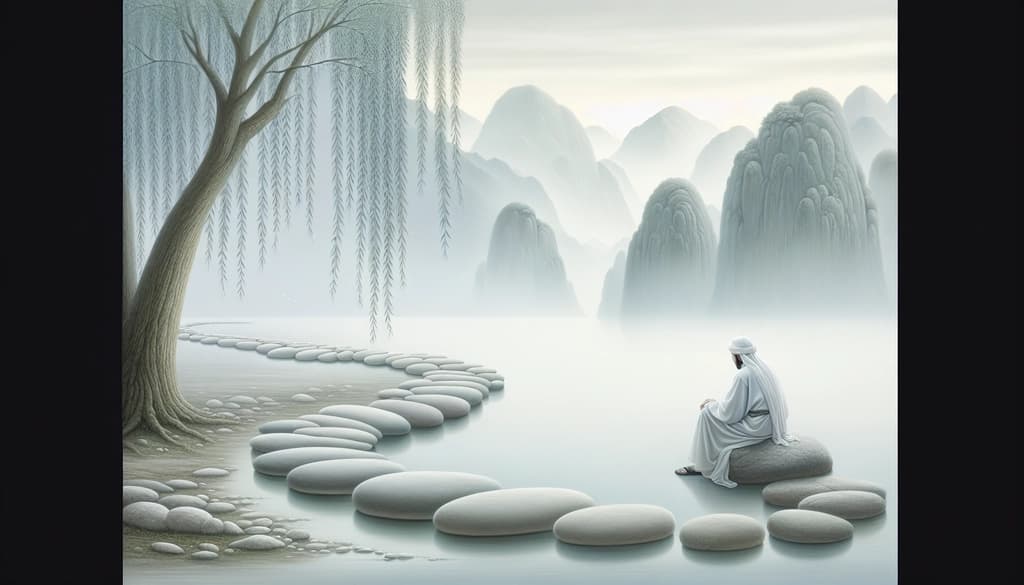Tao and Stoicism: Two Mirrors for Living (and Suffering) in the Modern World

What Do We Do With Suffering?
To compare Tao and Stoicism is to watch two landscapes merge at the edges. Both shaped, in their own seasons, by the problem of suffering. Both asking: How does a person live, knowing hardship will come?
The Tao looks at suffering and does not rush to intervene. The Stoic faces it, tracing the outline for what can—and cannot—be changed. Sometimes, their silences sound different. Sometimes, they don’t.
In the long story of and its roots, questions of suffering and virtue have always been close. Sometimes we meet them as abstract thought, but in these paths, suffering becomes intimate, almost tender.
Acceptance, Flow, and the Quiet Art of Letting Go
In Stoicism, acceptance is not surrender, but a steady gaze. The things beyond your reach—weather, others, fortune—require gentleness, not resistance. Virtue lives in what you choose, not in what befalls you. If you wish to wander deeper into these nuances, you might meet Stoicism and acceptance in a fuller way.
The Tao speaks softer. ‘Go with the grain,’ says the river. ‘Yield the way the grass does when the wind bends it.’ Effortless acceptance. Change without struggle. Living virtuously, but without the sharp lines of virtue.
- Stoicism: Hold your center, even as storms arrive.
- Tao: Flow with what’s here already.
- Both: Return, again and again, to the root beneath the surface.
Virtue in a Modern World of Noise and Hurry
How to live virtuously, when the world rushes by in worn shoes and digital fires? The modern world, loud and urgent, cannot quicken what these two traditions offer. Their wisdom is slow—earthed in daily choice, in quiet, in presence.
For Stoicism, you shape your character in every small deed, every response. For Tao, you meet the patterned world with less doing, more being. Both ask—not for performance, but for attention. You might sense echoes of Aristotle on virtue in these choices, just as you may hear Plato’s distant questions in the shadows.
When East and West Meet Suffering
Western and Eastern philosophies do not erase suffering; they turn toward it with different hands. Stoicism teaches: make peace with what you cannot control. The Tao: dissolve the boundary between ‘self’ and the river of change. If the Stoic path is new to you, exploring the Stoic view on suffering may open new doors.
- Stoicism: Endure, accept, transform.
- Tao: Allow, soften, outlast.
Perhaps the modern world is not asking for more answers. Perhaps the invitation is simply to notice which tradition sounds most like your own breath in the quiet hours. Both call you home, though they take different roads.
